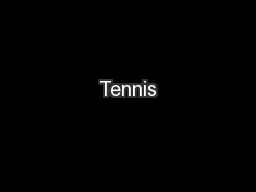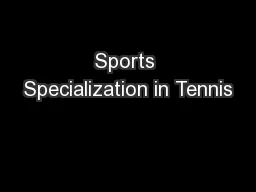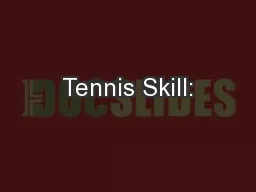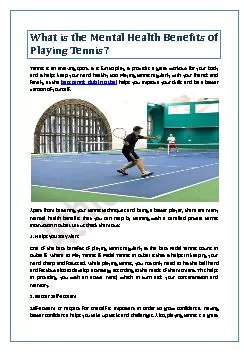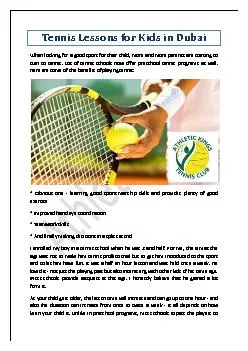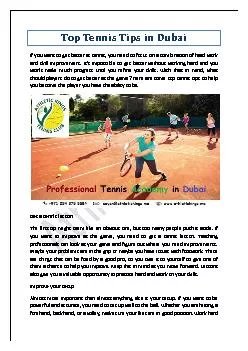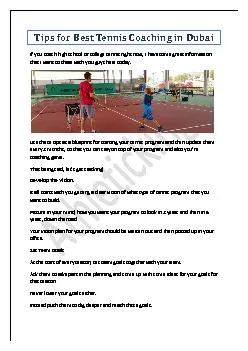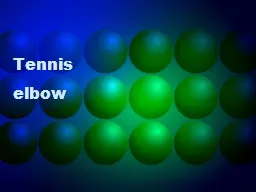PPT-Tennis Serve
Author : yoshiko-marsland | Published Date : 2015-09-27
Lindsea Vaudt Laura Ruskamp 12712 Skill Objectives Ball over the net and inside the service box Difficult return or no return High ball velocity Ball spin Score
Presentation Embed Code
Download Presentation
Download Presentation The PPT/PDF document "Tennis Serve" is the property of its rightful owner. Permission is granted to download and print the materials on this website for personal, non-commercial use only, and to display it on your personal computer provided you do not modify the materials and that you retain all copyright notices contained in the materials. By downloading content from our website, you accept the terms of this agreement.
Tennis Serve: Transcript
Download Rules Of Document
"Tennis Serve"The content belongs to its owner. You may download and print it for personal use, without modification, and keep all copyright notices. By downloading, you agree to these terms.
Related Documents




